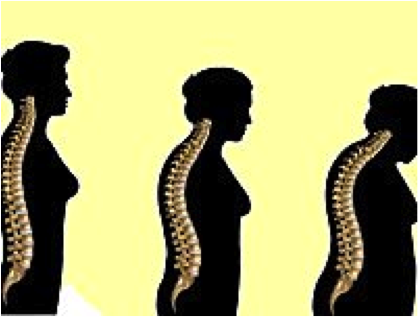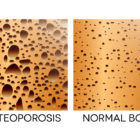

7 Medications That can Cause Bone Loss and Bone Breaks
1. Synthetic Glucocorticoids (e.g. prednisone, dexamethasone)
Prednisone 7.5 mg (or more) daily for 3 (or more) months (these do not have to be consecutive) in the previous year.
2. Breast Cancer Drugs
Aromatase inhibitors anastrozole (Arimidex®), letrozole (Femara®) and exemestane (Aromasin®) prevent estrogen production and cause bone loss and increased risk of fractures, particularly at the spine and wrist.
3. “Heartburn” Drugs
Proton pump inhibitors, such as Prevacid®, Losec®, Pantoloc®, Tecta®, Pariet ® and Nexium®, are used to treat reflux, heartburn and ulcers. High doses used for several years can increase hip fracture risk in older adults.
4. Excessive Thyroid Hormone Replacement
Elevated thyroid replacement in older adults can cause abnormal heart rhythms and muscle weakness, which increase the risk of falls and fractures. It can also lower bone mineral density and bone quality that can lead to fractures.
5. Anti-seizure and Mood-altering Drugs
The anti-seizure drugs carbamazepine (Tegretol®) and phenytoin (Dilantin®) can reduce in bone density, by lowering vitamin D and absorption of calcium from the intestines. Mood-altering drugs can cause falls by causing drowsiness, confusion, or a blood pressure drop.
6. Blood Pressure Medication
Some high blood pressure drugs increase the risk of falls and fractures in older adults during the first few weeks of treatment because of a drop in blood pressure. Be careful when first starting them.
7. Diuretics
Diuretics, such as furosemide (Lasix®), increase urination and promote loss of calcium from the kidneys, leading to reduced bone mineral density at the hip and an increased risk of hip fracture within the first 7 days of use.
3 Other Common Drugs To Watch Out For
1. Acetaminophen (e.g. Tylenol®) after three plus years of use
2. Narcotic and opioid medications such as morphine may lead to dizziness or changes in balance that lead to falls.
3. Aluminum-containing antacids such as Maalox®, Mylanta®, Amphogel®, Gelusil® and Rolaids® may inhibit phosphate absorption from the intestine, which may reduce bone mineral density.

